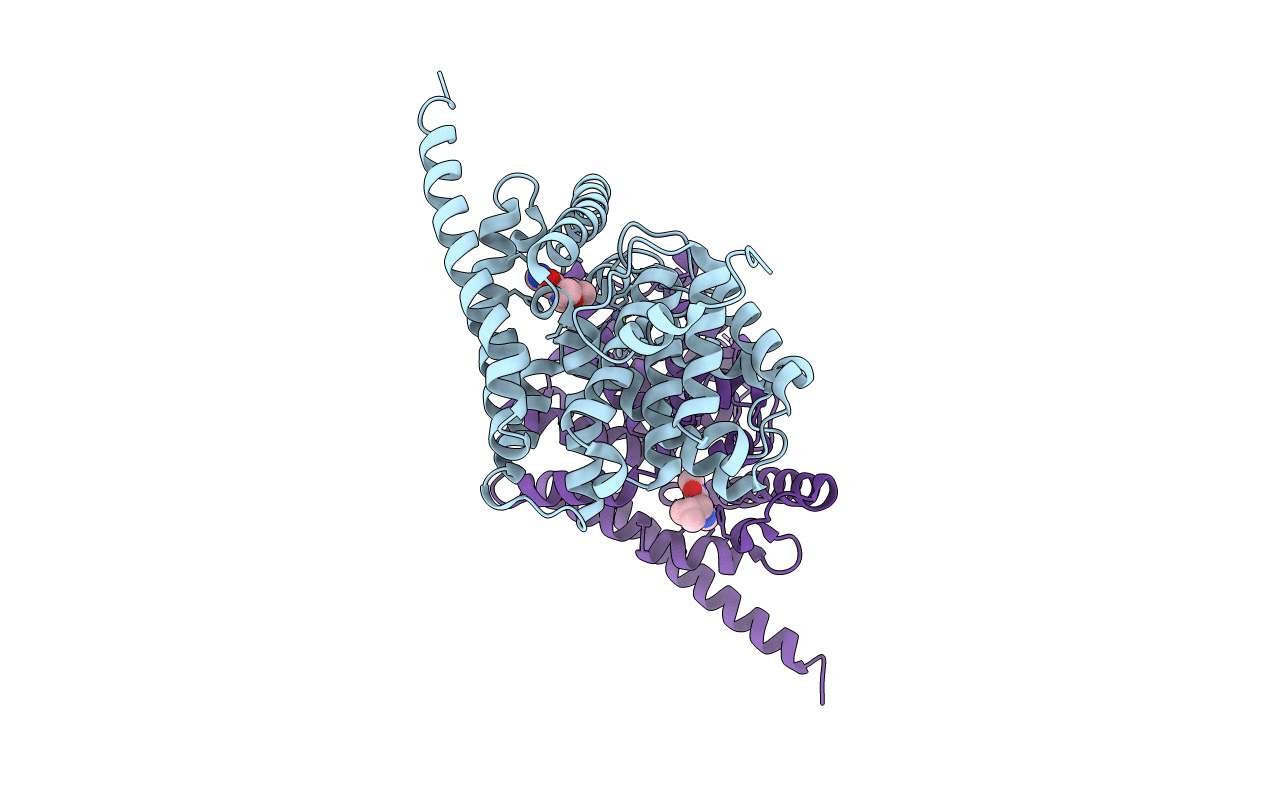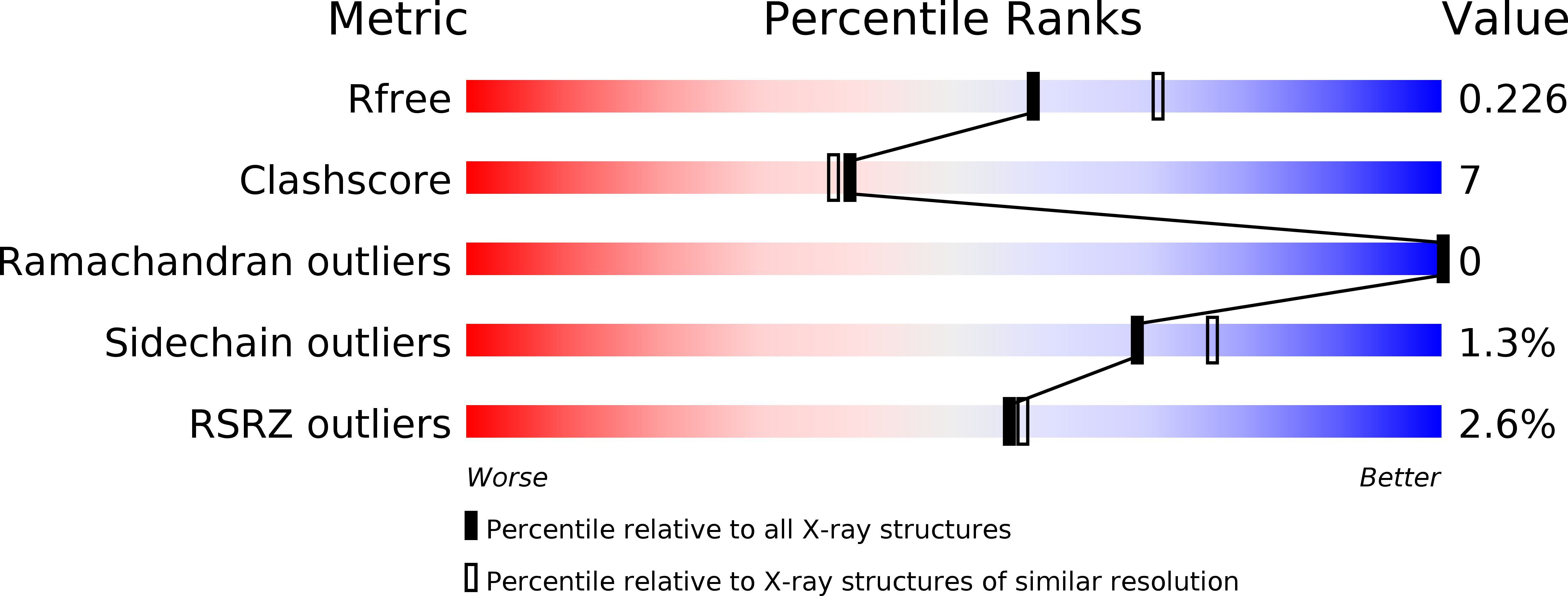
Deposition Date
2006-06-19
Release Date
2006-06-27
Last Version Date
2024-04-03
Method Details:
Experimental Method:
Resolution:
2.23 Å
R-Value Free:
0.23
R-Value Work:
0.21
Space Group:
P 41 21 2


